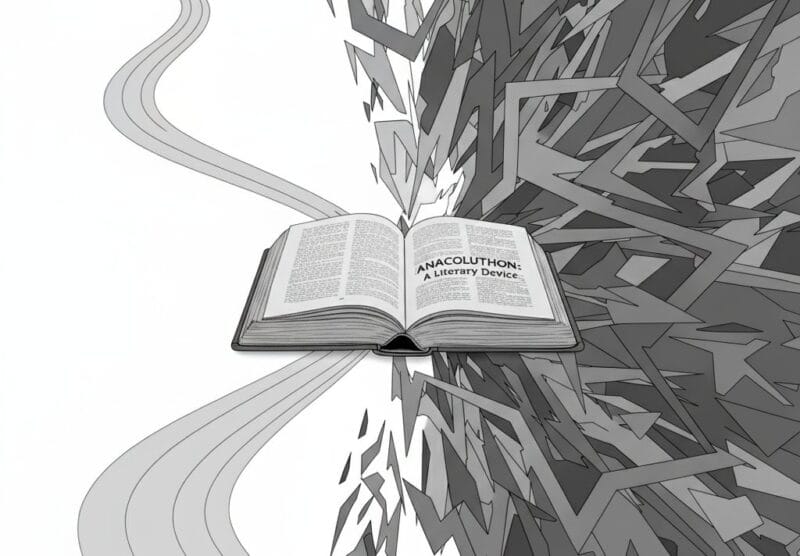In literary theory, verisimilitude is the appearance of being true or real. It is a measure of how closely a work of fiction adheres to the reality known by its audience, or to the realities on which it is based. Verisimilitude in literature is used to make the story seem more real and believable. It is a term that means a similarity or a likeness.
Verisimilitude is the level of realism in a story, which is the opposite of being fanciful. It has to do with whether the story feels true or not. The more realistic a story feels, the more verisimilitude it has. Stories that have a lot of verisimilitude are often called naturalistic stories.
Examples of verisimilitude in literature are the use of the language of the time period (like Shakespeare’s use of archaic English), or the way characters react to certain events. Verisimilitude is often used to make the reader feel like they are really there, experiencing what is happening in the story.
Another example of a work of literature with high verisimilitude would be The Catcher in the Rye because it was written in such a way that it gives off an authentic feel. Another is Huckleberry Finn because it is about life in the American South during the 1840s and it is written in a style that sounds like that time.
Further Reading
The Importance of Verisimilitude by Luke Edley, Thanet Writers
Referential Verisimilitude, Narrative Necessity and the Poetics of Vision by Claude Calame (translated from the French by Rodney Coward), Annales. Histoire, Sciences Sociales Vol. 67, Issue 1, 2012, pp. 79-102
Verisimilitude: A More Authentic Approach to Writing by Richard Bloch, Medium.com




